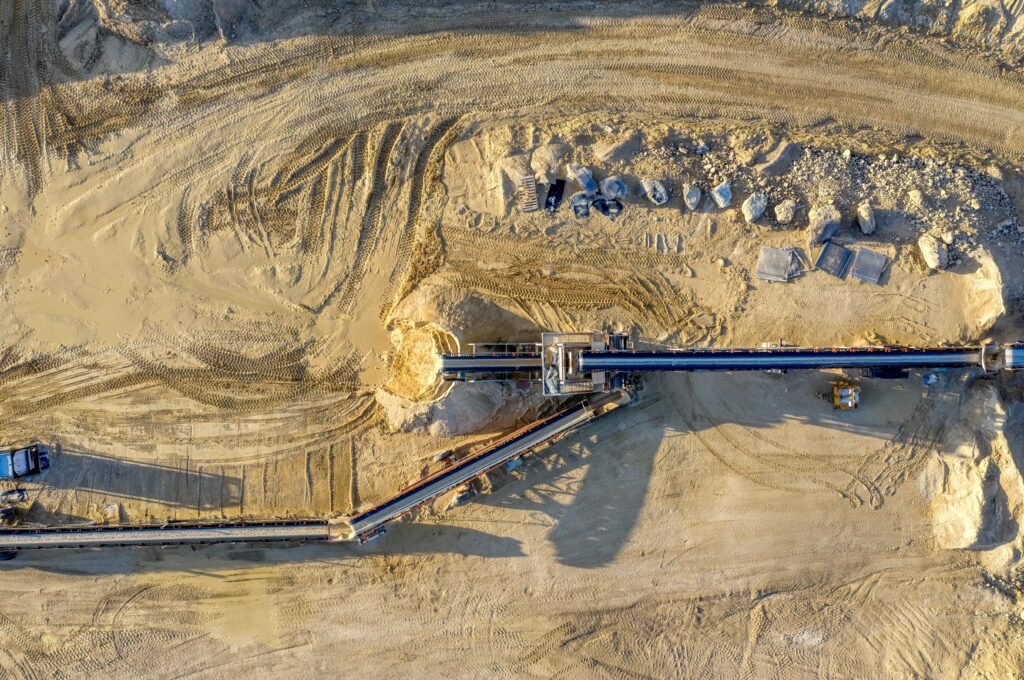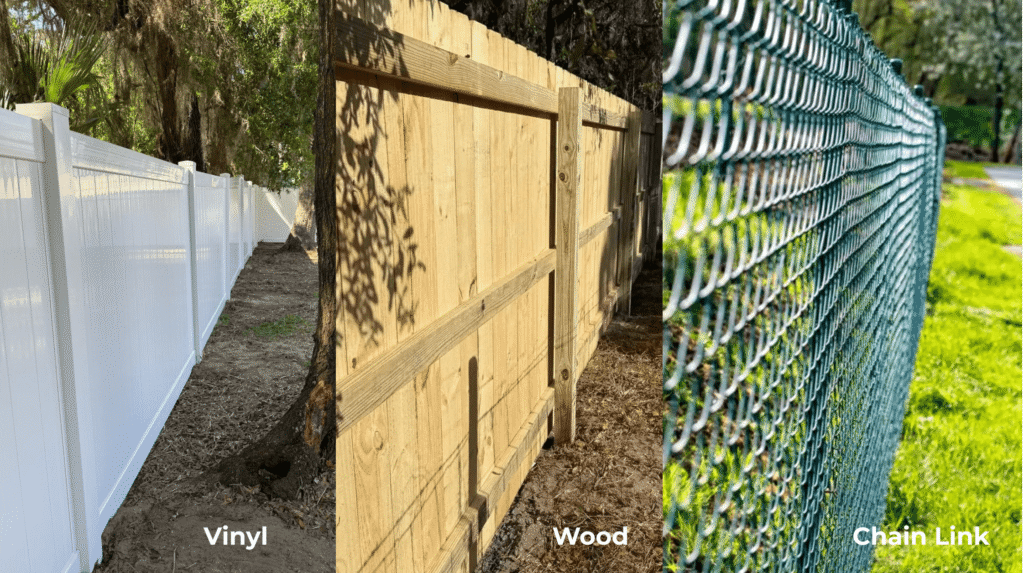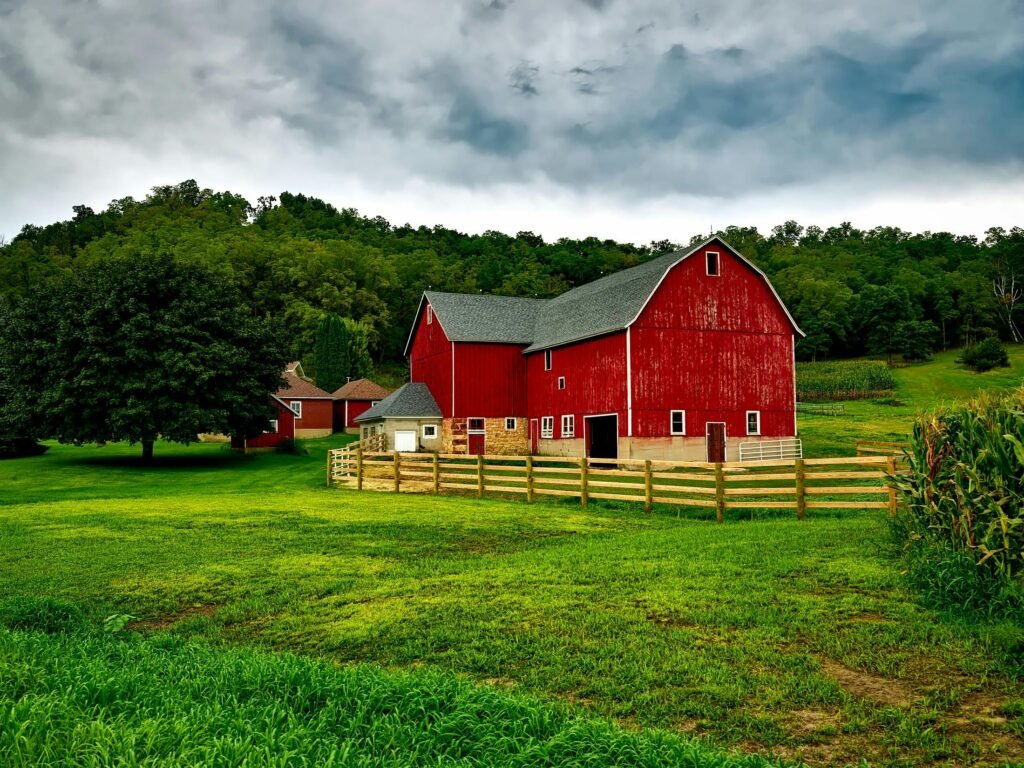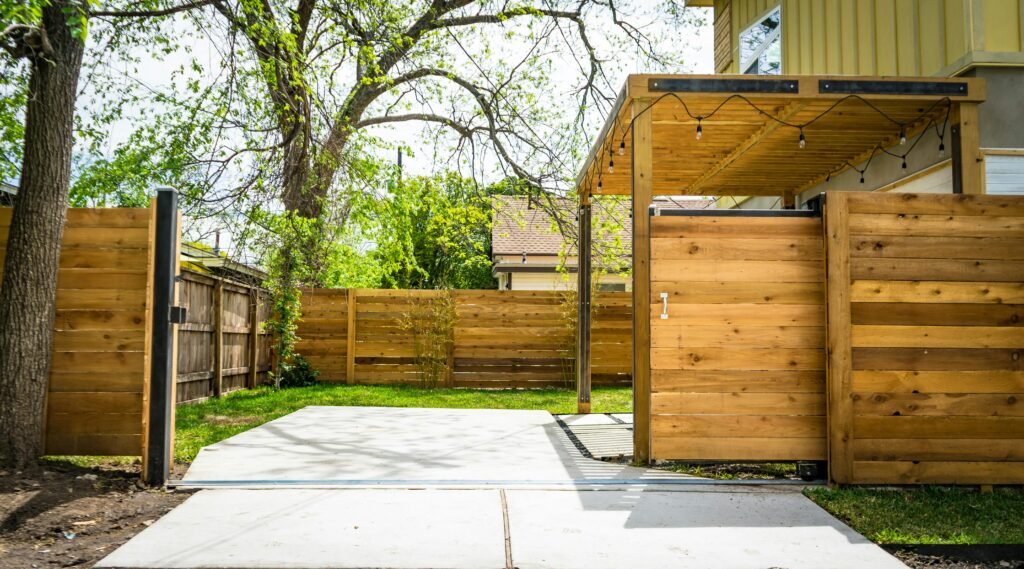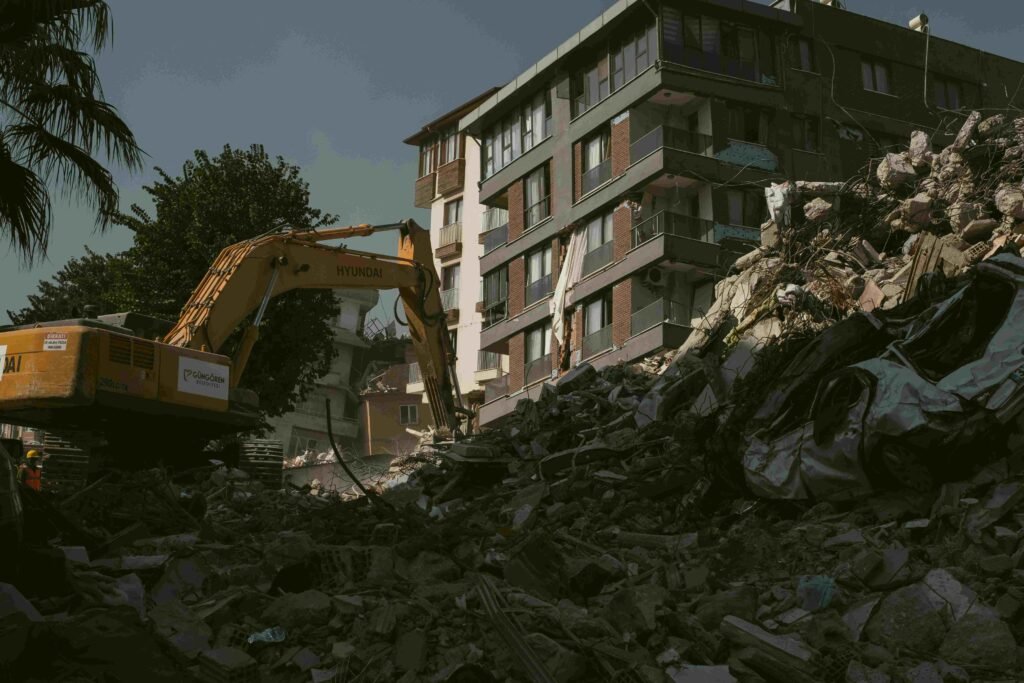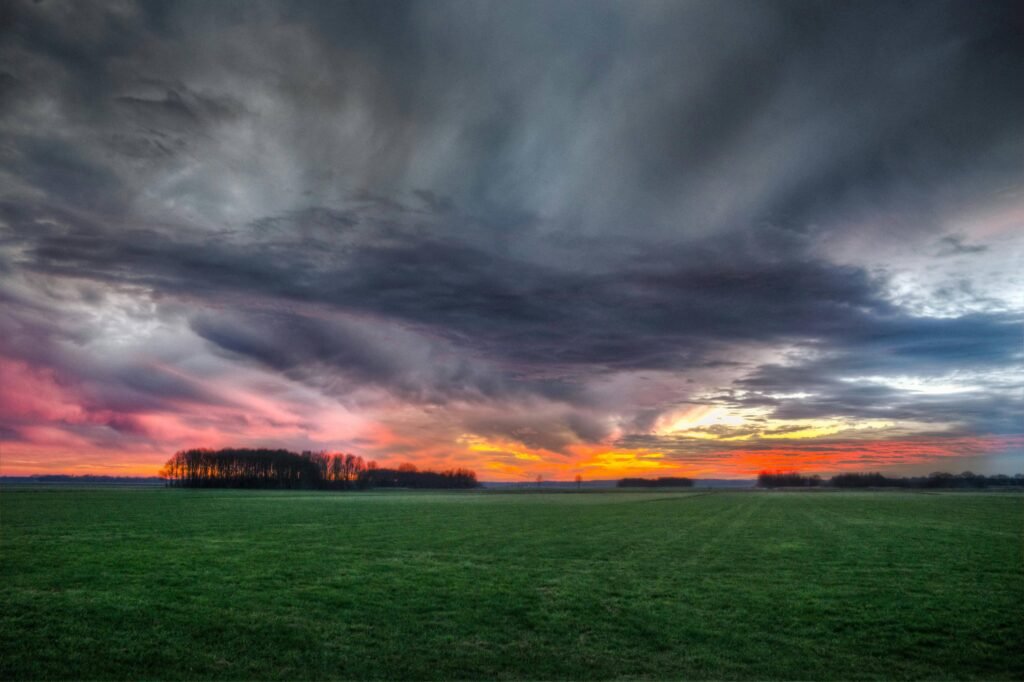Land Grading Mistakes: Foundation Problems Builders Must Know
Foundation problems don’t start with the concrete pour—they begin with grading decisions made months earlier. A seemingly minor slope error or drainage oversight can lead to thousands of dollars in foundation repairs, failed inspections, and project delays that ripple through construction schedules. At Bells Outdoor Services, we’ve fixed grading problems that threatened developments and caused builders to face costly foundation repairs. We’ve also seen projects sail through inspections because proper grading was prioritized from day one. Why Grading is Critical to Foundation Success Proper grading serves multiple functions that directly impact foundation performance: Water Management: Directs surface water away from foundation walls, preventing hydrostatic pressure and moisture intrusion. Soil Stability: Creates stable conditions that prevent differential settling and foundation movement. Code Compliance: Meets local building requirements protecting both structure and neighboring properties. Long-term Performance: Establishes drainage patterns that protect foundations for decades. When grading goes wrong, foundations suffer through cracking, settling, moisture problems, and structural instability. The Most Costly Grading Mistakes 1. Inadequate Fall Away From Foundation The Mistake: Creating slopes less than required 5% grade away from foundations, or allowing water to pool against foundation walls. Why It Happens: Contractors focus on getting building pads level while ignoring surrounding grade slopes, assuming small variations won’t matter. Consequences: Water pooling against foundation walls Hydrostatic pressure causing wall cracking and bowing Moisture intrusion into basements and crawl spaces Soil saturation leading to foundation settling Failed inspections and costly rework The Fix: Establish minimum 5% slope (6 inches drop per 10 feet) away from foundations for first 10 feet, with positive drainage beyond. 2. Ignoring Existing Drainage Patterns The Mistake: Disrupting natural water flow without providing alternative drainage paths, creating new problem areas. Consequences: Water backing up against foundations during storms Erosion problems undermining foundation stability Foundation movement from changing soil moisture conditions The Fix: Map existing drainage patterns before construction and design grading to maintain or improve natural water flow. 3. Improper Soil Compaction The Mistake: Inadequate compaction of backfill materials around foundations, or using inappropriate soils for backfilling. Consequences: Differential settling as backfill soils compress over time Foundation walls cracking from uneven support Basement wall failure from inadequate lateral support Failed footing inspections requiring expensive corrections The Fix: Follow engineered compaction specifications, use appropriate materials, and test compaction levels during backfilling. 4. Creating Drainage Dead Zones The Mistake: Inadvertently creating low areas where water collects and cannot drain naturally, particularly near foundations. Consequences: Standing water creating hydrostatic pressure Soil instability from repeated wetting and drying Foundation movement and cracking The Fix: Use laser levels and proper surveying to ensure all areas have positive drainage toward appropriate outlets. 5. Inadequate Utility Trench Backfill The Mistake: Poor compaction around utility lines passing near or under foundations, creating future settling problems. Consequences: Settling along utility trenches affecting foundation support Broken utility lines from differential movement Foundation cracking where trenches pass nearby Water infiltration through poorly compacted areas The Fix: Coordinate utility installation with foundation work, ensure proper trench backfill compaction, maintain required clearances. Florida-Specific Grading Challenges Sandy Soil Complications Rapid Drainage Changes: Sandy soils drain quickly but can channel water unexpectedly, creating erosion around foundations. Compaction Difficulties: Pure sand doesn’t compact well, requiring specific techniques to achieve stable conditions. Settlement Issues: Poorly graded sand continues settling months after construction. Seasonal Water Table Fluctuations Florida’s seasonal rainfall creates dramatic soil moisture and water table changes. High water tables can create hydrostatic pressure if grading doesn’t account for seasonal variations. Hurricane Considerations Grading must handle not just normal rainfall but hurricane-level precipitation without compromising foundation integrity. Critical Grading Specifications Minimum Slope Requirements: First 10 feet from foundation: 5% minimum slope Next 40 feet: Maintain positive drainage, minimum 1% slope Beyond 50 feet: Direct to appropriate drainage outlets Soil Requirements Around Foundations: Use granular, non-expansive soils for backfill Achieve 90% of maximum dry density per Proctor test Compact in 8-inch lifts maximum Professional Grading Techniques Laser-Guided Grading Modern laser-guided equipment ensures precise slopes and eliminates guesswork that leads to drainage problems. Soil Testing and Selection Not all soils are suitable for foundation backfill. We test soil properties and select materials providing proper drainage while maintaining stability. Compaction Verification Proper compaction can’t be determined visually. We use density testing equipment to verify soil compaction meets engineering specifications. When to Call Professionals During Design Phase: Professional grading contractors should be involved during design, not just construction. Complex Sites: Properties with steep slopes, poor drainage, or challenging soils require professional expertise. Code Compliance Issues: Building inspectors are increasingly strict about grading compliance. Foundation Problems Already Exist: Professional grading assessment can determine if drainage improvements will prevent further damage. The Cost of Prevention vs. Correction Prevention Costs: Professional grading design and execution: $5,500-14,500 Correction Costs (After Foundation Problems): Foundation repairs, drainage systems, damage restoration: $28,000-100,000+ Investing in proper grading upfront costs a fraction of dealing with foundation problems later. Red Flags Indicating Grading Problems During Construction: Water pooling near foundations after rain Persistent muddy conditions around building areas Visible erosion or soil movement Inspector concerns about drainage compliance After Construction: Foundation cracks appearing within 1-2 years Basement or crawl space moisture problems Landscape areas that won’t drain properly Working with Contractors Communication: Grading contractors, foundation crews, and general contractors must coordinate closely. Documentation: Proper documentation protects all parties and provides future reference records. Quality Control: Establish checkpoints throughout grading to catch problems before they affect foundation work. FAQs Can grading problems be fixed after foundation completion? Some issues can be addressed after construction, but it’s always more expensive and may not fully resolve existing foundation problems. How do I know if my contractor understands proper grading? Ask about foundation-related grading experience, request recent project references, and verify they use proper testing procedures. What’s the most common grading mistake? Inadequate slope away from foundations, often because contractors focus on building pads without addressing surrounding drainage. Should grading be done before or after utilities? Final grading after utilities, but preliminary grading and drainage planning should guide utility placement. How long should

